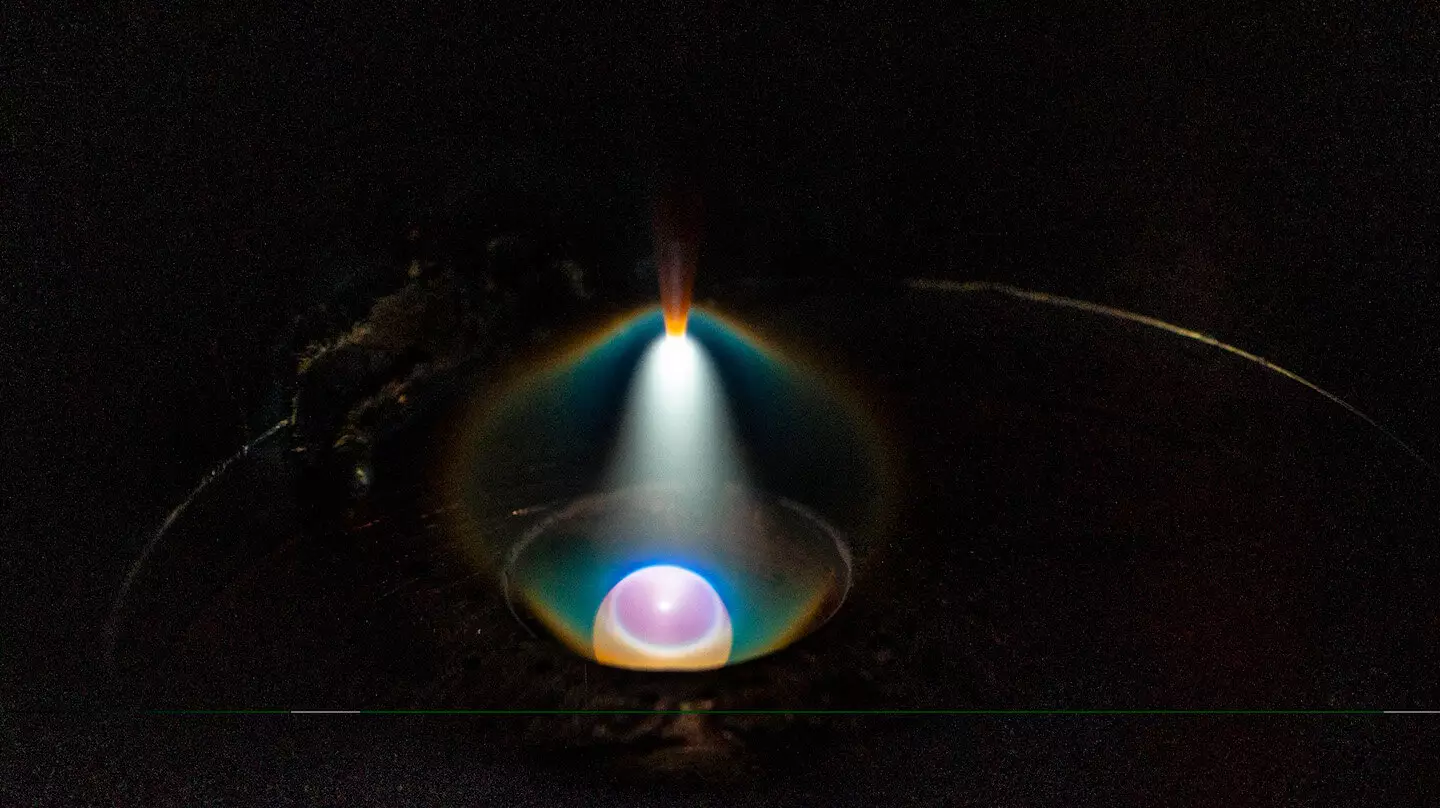As our exploration expands into the realms of extreme environments like outer space and the Arctic, the limitations of traditional alloys come sharply into focus. For instance, steel, which melts at an alarming 2,500 degrees Fahrenheit, and aluminum, which suffers from corrosion when exposed to moisture and oxygen, become less functional under extreme conditions. With the escalating demands for alloys that can withstand significant temperature fluctuations, immense pressure, and other harsh realities of high-stakes operations, the materials we use cannot afford compromise. This imperative gives birth to multi-principal element alloys (MPEAs)—a groundbreaking class of materials designed to perform brilliantly under adversity.
MPEAs present themselves as a radical departure from conventional alloys. In an age where durability is king, these new alloys boast an intricate makeup, being comprised of several elements in nearly equal proportions. Interestingly, this unique structure grants them unparalleled strength, hardness, and toughness that remain consistent across a spectrum of temperatures. Furthermore, MPEAs are not just rugged; they also exhibit superb corrosion resistance and outstanding thermal stability. This makes them suitable for applications in electronic or magnetic devices where conventional materials might fail.
Accelerating Design through Innovative Methods
Recent advancements by researchers at the Johns Hopkins Applied Physics Laboratory (APL) are aiming to accelerate the design of MPEAs through sophisticated microstructural engineering. Traditional alloy design has been a painstaking process, fraught with unexpected challenges, as slight variations in composition can lead to radical changes in material performance. The APL team’s recent innovations smartly bypass many of these hurdles by utilizing a data-centric approach to reveal complex relationships between alloy phases and mechanical properties based on minimal sample data.
One main aspect of this new research is the novel pathway created to connect different alloy phases with their mechanical properties. Their findings, published in the journal Data in Brief, illustrate their capability to synthesize multiple MPEA compositions by intelligently analyzing localized data within bulk samples. This approach aims to drastically cut down the time it takes to design and develop new materials—an exciting leap for material science.
Bayesian Optimization: A Game Changer
To make sense of the vast possible combinations of MPEA compositions, the APL team collaborated with experts from the Johns Hopkins Whiting School of Engineering, deploying a cutting-edge Bayesian optimization algorithm known as PAL 2.0. What sets PAL 2.0 apart from traditional machine-learning techniques is its ability to deliver actionable recommendations even with a limited data set—sometimes just around a dozen data points. This allows researchers to sift through potential alloy compositions and to pinpoint those likely to maximize desirable properties such as hardness or durability.
The closed-loop design cycle established through this collaboration is remarkable. It consists of continuously running initial data through the algorithm, fabricating the suggested alloys, testing them, and recalibrating the algorithm based on those results. This iterative process continually refines the direction of research, fueling innovation in alloy design faster than ever before. Yet initially, the recommended alloys were often impractical due to cost or manufacturing challenges. Now, the project is entering its third cycle, eerily indicating that the algorithm has begun identifying alloys that could potentially double hardness levels—a breakthrough that’s difficult to overstate.
Precision Fabrication Techniques Enhance Discovery
The actual fabrication of these alloys is an equally fascinating endeavor. Utilizing arc melting, researchers can efficiently create a variety of distinct materials from just a small sample. The arc melting technique significantly narrows down the resources needed for testing multiple compositions of alloys, ultimately fostering a more rapid exploration of new materials. This method allows researchers to create numerous chemical compositions within a single sample, opening up unprecedented avenues for discovery.
Moreover, the combination of advanced data acquisition techniques—such as scanning electron microscopy (SEM), energy-dispersive X-ray spectroscopy (EDS), and nanoindentation—allows a detailed understanding of how different microstructures behave under various conditions. By mapping hardness data with phase compositions, researchers can illuminate potential pathways for discovering useful new materials that may not be apparent from traditional methodologies.
Through this intricate web of data collection and analysis, the team amassed an impressive database of 17 unique MPEA compositions and over 7,000 unique data points. These insights extend beyond mere academic curiosity—they provide a structured framework for predicting how new materials can be engineered to meet specific mechanical property requirements, like robust hardness.
A Future of Endless Possibilities
As the capability for high-throughput characterization matures, the horizons of material science broaden significantly. The approaches being pioneered at APL have the potential to transform not just the way we perceive alloys, but the very fabric of industries reliant on materials that can endure extreme conditions. Multiplying the tools and methodologies at our disposal to discover, design, and analyze future materials is not merely a scientific advancement—it’s an imperative for a world grappling with escalating challenges. With Evolving MPEAs paving the way forward, the desire and need for materials that conquer the extremes are becoming more than a lofty ambition—they’re an achievable reality.

